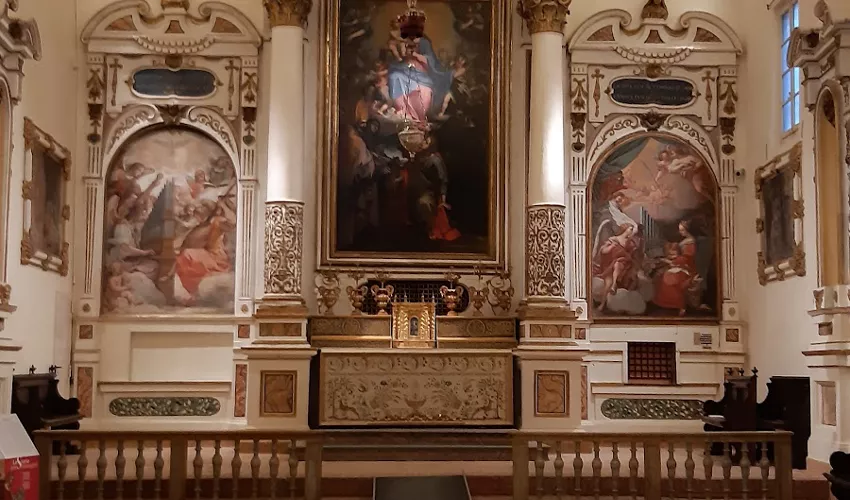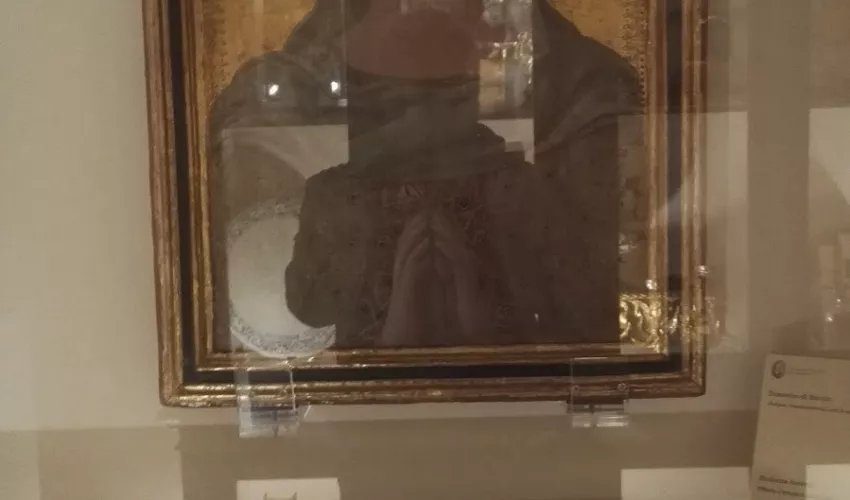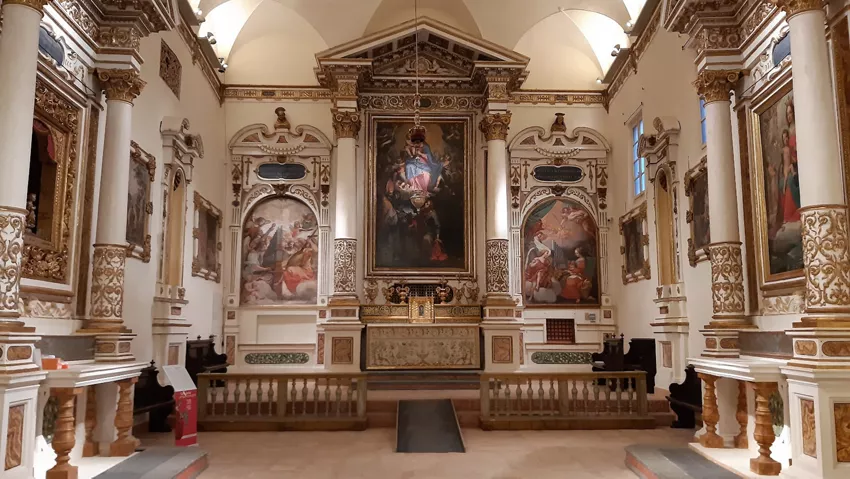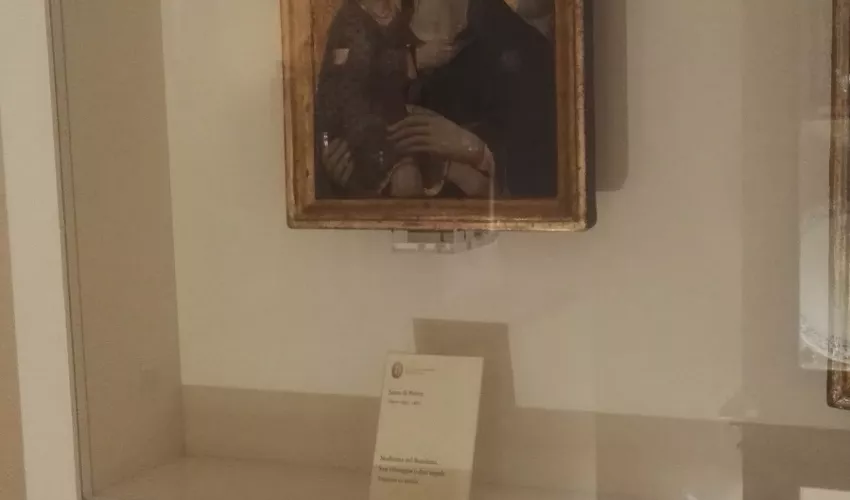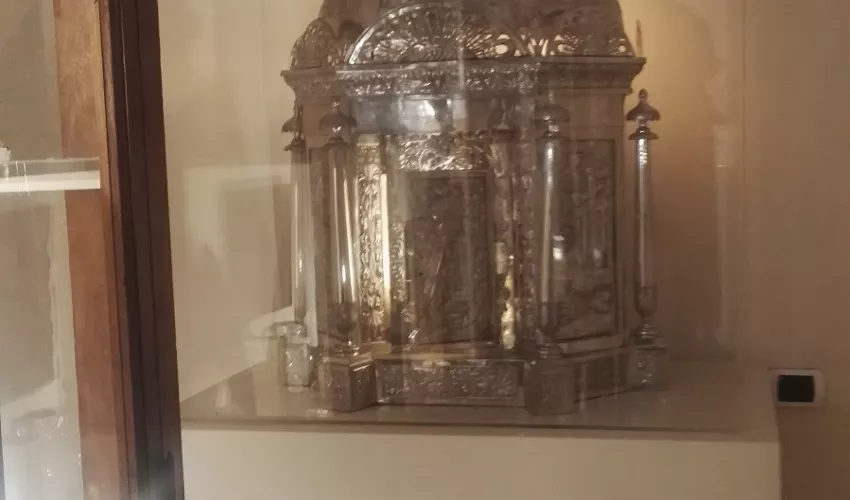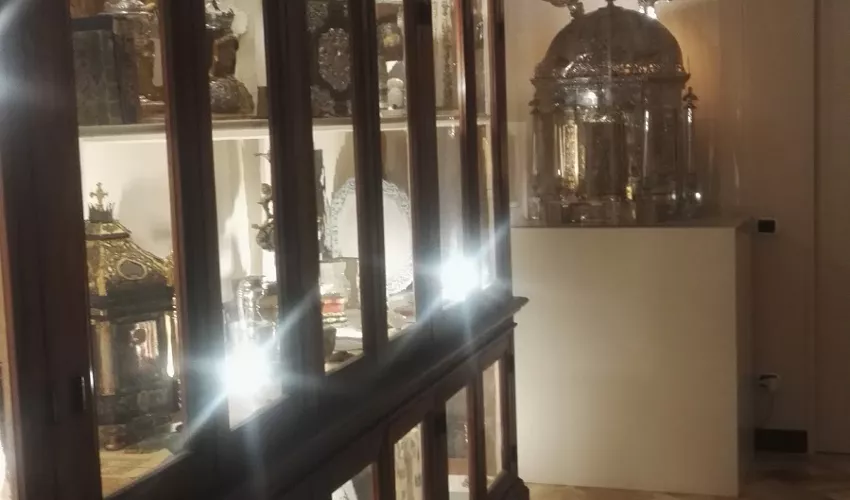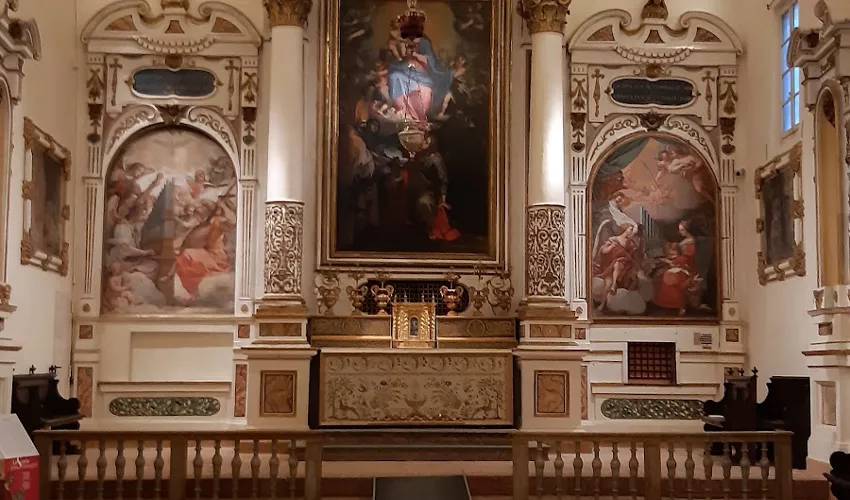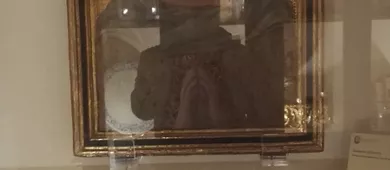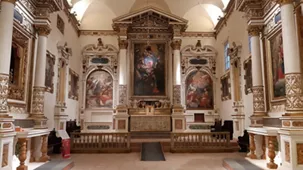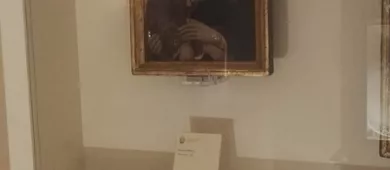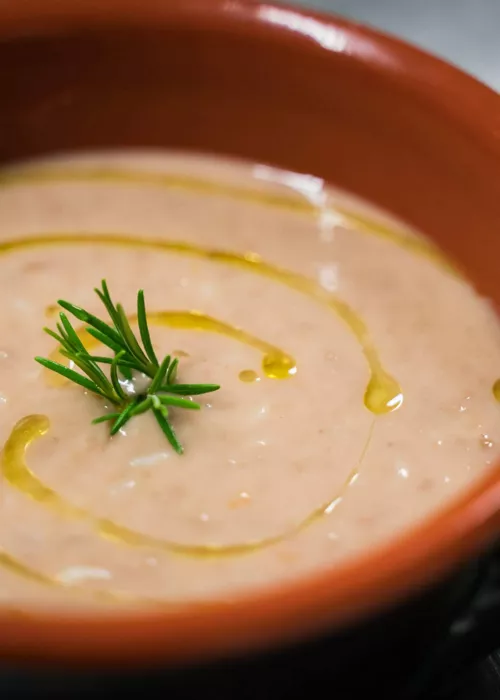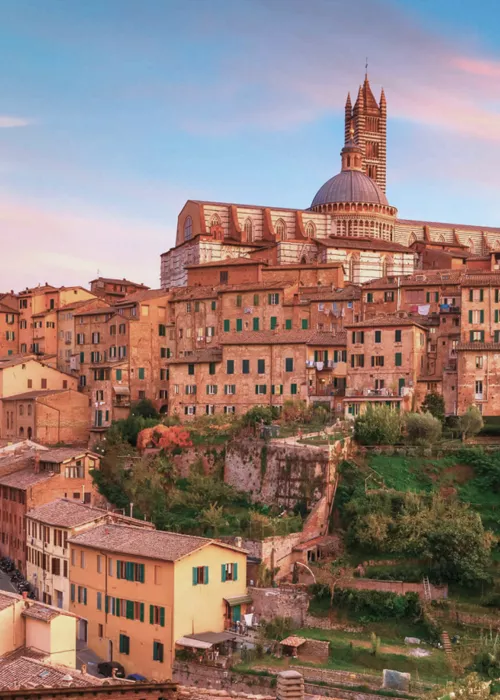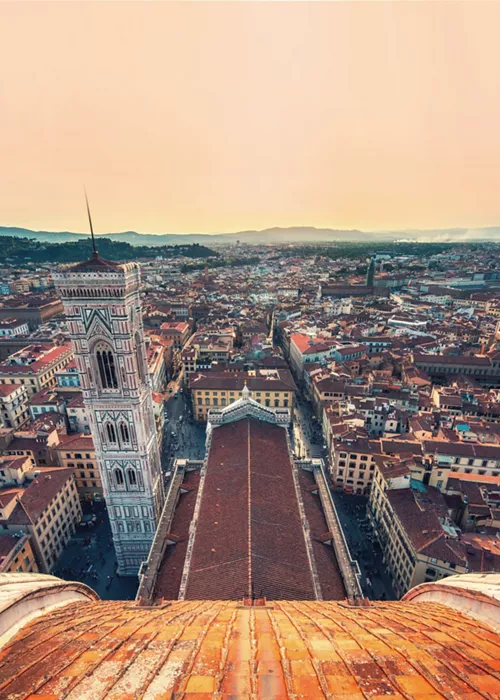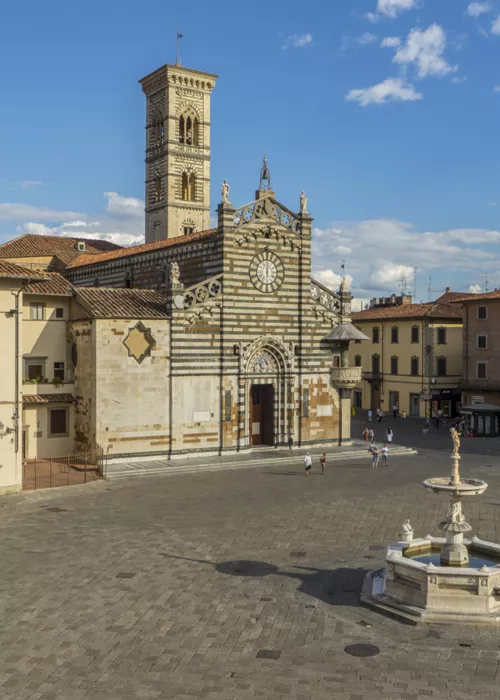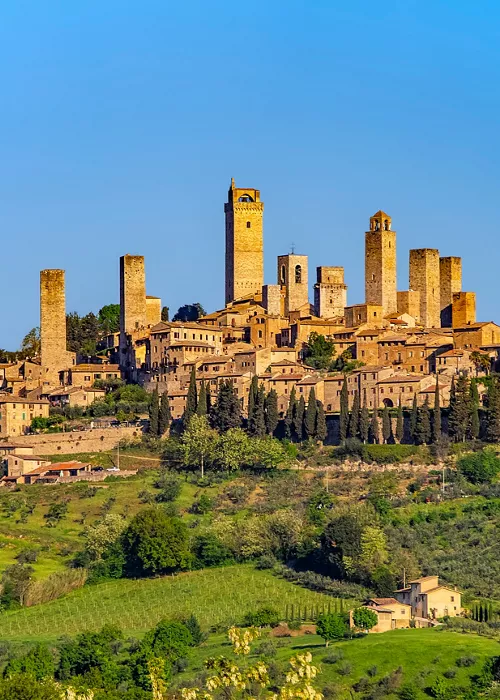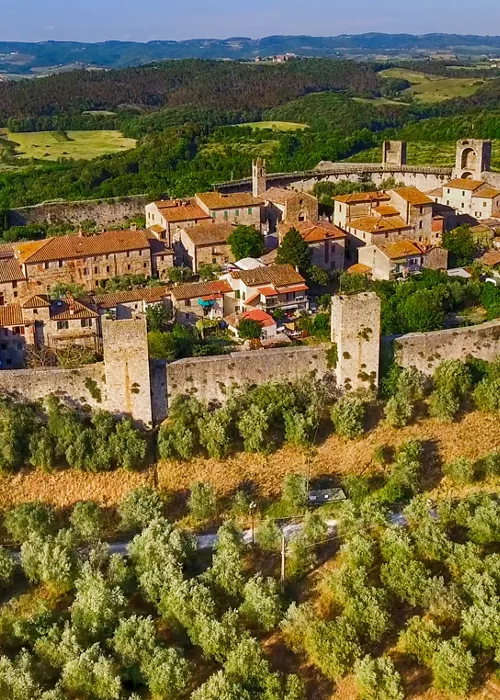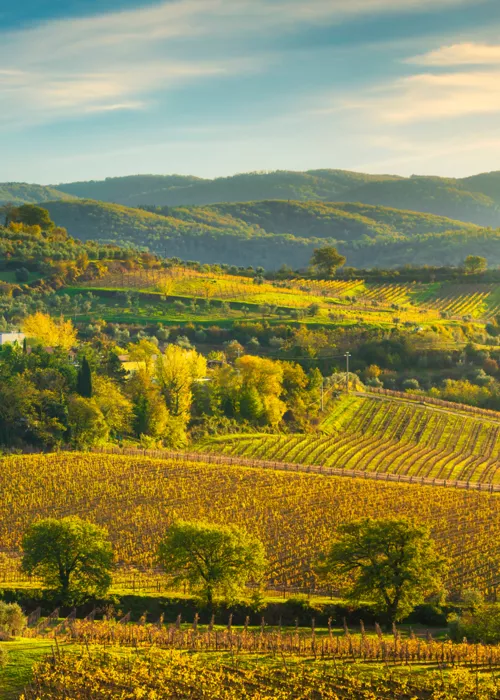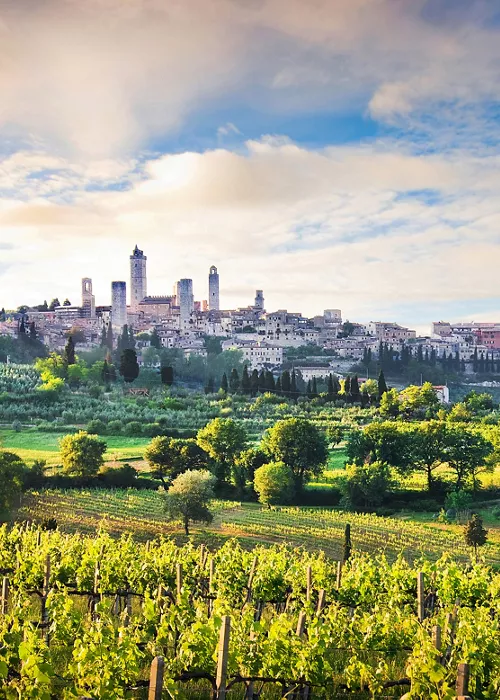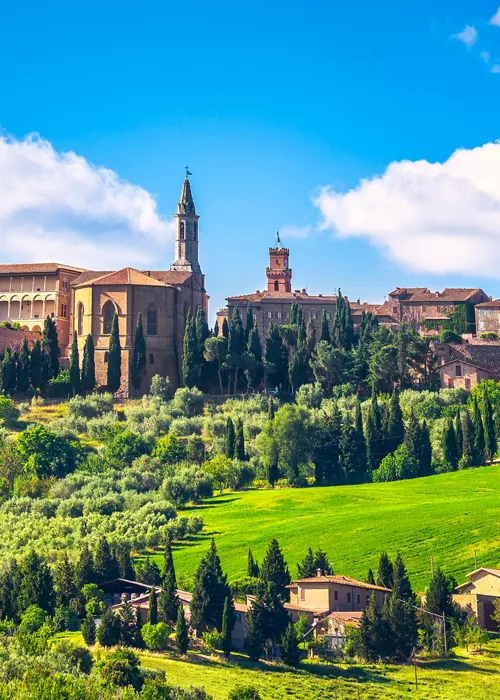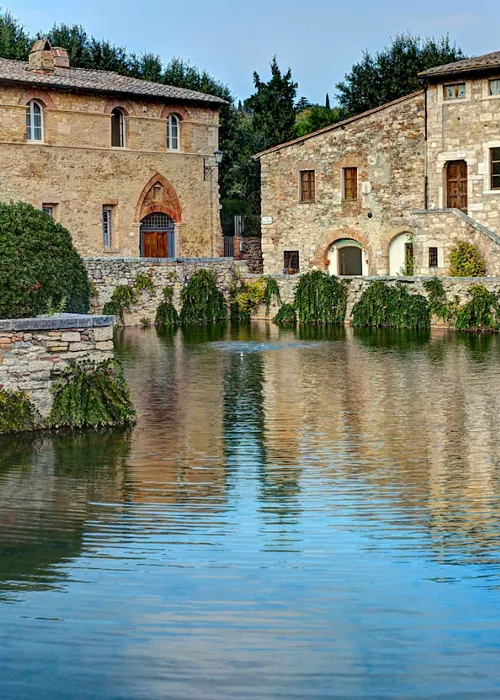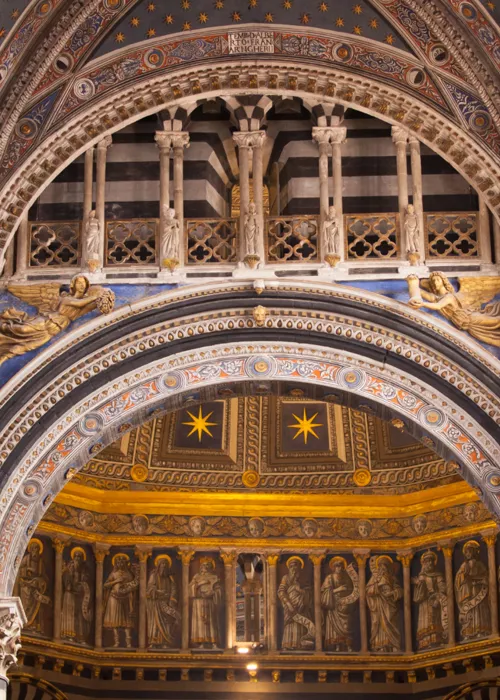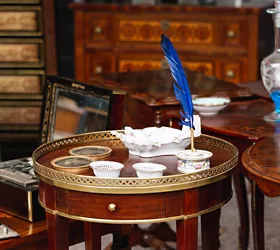The Santuccio church, formerly part of the former Augustinian women's monastery of Santa Maria degli Angeli, was built in 1352 and then rebuilt in 1577 by the Sienese architect Annibale Bichi. The name derives from the fact that the main benefactors were members of the noble Santucci family from Siena. In the beginning, the nuns of the Santuccio lived on alms, worked with silkworms, cultivated the vineyard at the back of the convent and received the dowries of girls from wealthy families who chose to take vows.
On the high altar is a large painting of the Madonna, Child and Saints begun by Francesco Vanni in 1610, continued by Ventura Salimbeni and finished by Sebastiano Folli in 1614. The works on the sides of the altar - the painting of Saint Cecilia at the organ dating from the first quarter of the 17th century and attributed to Antonio Buonfigli and the fresco of a concert of angels signed by Ventura Salimbeni and dated 1612 - recall the passion for music of the young Augustinian nuns of Santuccio who played and sang. In this regard, it should be noted that one of the oldest surviving organs, dating back to 1531 and modified in the 17th century, currently under restoration, belongs to the Santuccio church.
The fresco cycle on the walls, painted by Ventura Salimbeni, illustrates six stories from the life of Saint Galgano. Prominent among all the episodes is the depiction of the Sword in the Stone with the Saint kneeling in prayer, marking the end of his military life and the beginning of his hermitic one.
Inside the convent was a precious silver reliquary by Pace di Valentino, which held the relic of the Head of Saint Galgano, now on display in the Museo dell'Opera del Duomo.
From the end of the 18th century until the second half of the 19th century, despite the suppression of religious orders, the church was not abandoned but became a refuge for nuns from other monasteries. At the beginning of the 20th century, the few remaining nuns were moved to another monastery and the building was used as a vocational school.



